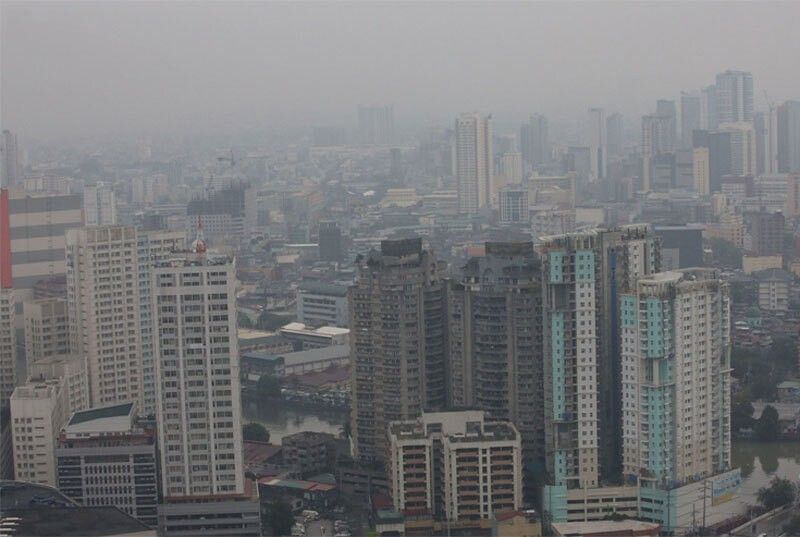Philippines growth may be upgraded, but at slower pace

MANILA, Philippines — Economists have upgraded their forecast growth for the Philippines this year, but still at a slower pace than last year amid headwinds such as a slowdown in the global economy and high inflation, according to a survey of think tank Japan Center for Economic Research (JCER).
The latest quarterly consensus survey of JCER showed the average growth forecast for the Philippines for this year is now at 5.6 percent, up from the 5.3 percent forecast in the last survey in December.
This forecast is lower than the country’s 7.6 percent growth last year.
It is also below the government’s six to seven percent gross domestic product growth target for this year.
The forecast is based on poll responses provided by economists, including Metropolitan Bank and Trust Co. research and business analytics officer Ina Judith Calabio, Philippine Equity Partners managing director and head of research Jojo Gonzales, Nomura Singapore Ltd. chief ASEAN economist Euben Paracuelles, Barclays Bank Singapore regional economist Shreya Sodhani, ING Bank senior economist Nicholas Mapa, University of Asia and the Pacific professor Victor Abola, Union Bank of the Philippines chief economist Ruben Carlo Asuncion, Maybank Investment Banking Group chief economist Suhaimi Ilias and China Banking Corp. chief economist Domini Velasquez.
Conducted from March 3 to 24, the JCER survey covers Southeast Asian countries the Philippines, Indonesia, Malaysia, Singapore and Thailand, as well as India.
While the growth forecast for the Philippines was upgraded, JCER said economists are cautious about future prospects as the anticipated global economic slowdown and high inflation are expected to affect the country’s economic growth.
“High inflation and the lagged effects of the BSP’s (Bangko Sentral ng Pilipinas) monetary tightening will likely dampen household consumption and business expansion,” Velasquez said.
For next year, the JCER survey showed the average growth forecast for the Philippines was also revised upward to six percent, from 5.9 percent previously.
As for 2025, the average growth forecast for the Philippines is at 5.8 percent.
The JCER survey showed inflation remains the top risk for the Philippines.
JCER said inflation in the country is expected to be at 6.2 percent this year, and to ease to 3.8 percent next year and to 3.5 percent in 2025.
Other risks for the Philippines this year cited by economists in the JCER survey are a slowdown in trade due to US-China tensions, US monetary policy, infrastructure issues, and rising government debt.
When asked about new challenges and necessary policies in the Philippines in the post-COVID era, economists cited food security or improving agricultural productivity as the top challenge.
“For the Philippines, which relies on imports for food products, the war in Ukraine and deteriorating relations between the US and China have drawn attention to food security,” JCER said.
It said many economists also called for stronger infrastructure development.
Other policies needed in the Philippines to promote growth cited by economists in the JCER survey are reforms in education and healthcare.
For the five Southeast Asian countries, JCER said the economic outlook was also revised upward to 4.4 percent this year from the previous forecast of 4.3 percent.
- Latest
- Trending






























